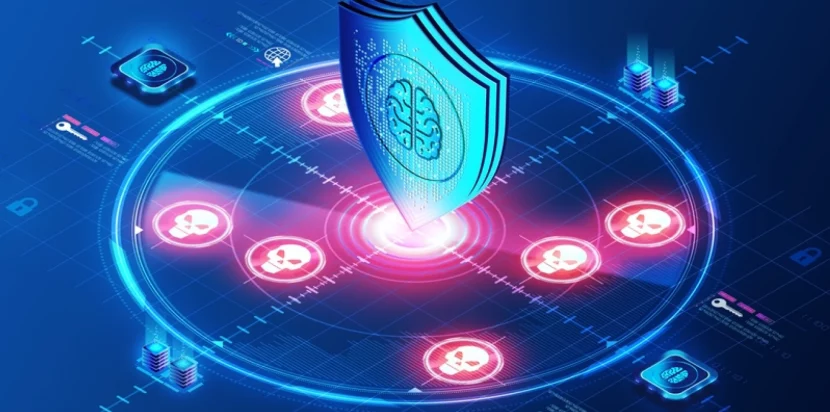Introduction
In the ever-evolving landscape of cybersecurity, computer viruses and malware remain a significant threat. From the notorious Morris Worm to modern-day banking malware and Android hacks, the risk of cyber attacks is pervasive, affecting everything from personal devices to government systems. As technology advances, so too do the methods of cybercriminals, making it crucial to stay ahead in the battle against these threats.
Deception Technology: A Game Changer
Enter deception technology—a revolutionary approach that transforms the way we defend against cyber attacks. Unlike traditional security measures, which often react to breaches after they occur, deception technology proactively sets traps to lure attackers and expose their activities.
How It Works:
- Early Breach Detection: Deception technology operates on the principle of early detection. By creating a network of digital decoys, it tricks attackers into interacting with fake systems, revealing their presence before they can cause real damage.
- Visibility and Attack Path: Deception technology uses a two-pronged approach to enhance security:
* Visibility: Monitors unauthorized access and interactions within the network.
* Attack Path: Redirects attackers to deceptive environments, thereby preventing them from accessing critical systems.
This approach is particularly effective for devices with limited resources or compatibility issues, such as Internet of Things (IoT) devices and legacy systems.
How Deception Technology Works
Deception technology involves setting up a series of convincing traps and decoys within a network. Here’s a step-by-step look at how it functions:
- Discovery and Tracking of Endpoints: Modern deception technology platforms use advanced algorithms to detect new devices connecting to the network. This information helps security teams identify unauthorized devices or potential threats. For example, it can pinpoint exposed credentials or misconfigurations that attackers might exploit.
2. Threat Detection:
* Early & Accurate Detection: Deception technology provides real-time alerts when attackers engage with decoys or bait. This allows for rapid detection of reconnaissance activities, credential theft, and other suspicious behavior.
* Detection of Known & Unknown Attacks: Unlike traditional methods that rely on signature-based detection, deception technology identifies both known and novel threats by monitoring interactions with decoys.
Advantages of Deception Technology
Implementing deception technology has several benefits, though it comes with its own set of challenges:
- Realistic Decoys: Creating convincing decoys is crucial. The more realistic the decoys, the more likely they are to attract and engage attackers. This involves designing traps that blend seamlessly with the network’s actual systems.
- Effective Tactics: Several tactics are used in deception technology, including:
* Honeypots: These are bait systems designed to lure attackers. Research honeypots gather information on attackers’ strategies, while production honeypots slow down attackers, giving security teams time to respond.
* Honey Users: Fake privileged accounts that alert security teams when accessed by unauthorized users.
* Honey Credentials: Fake login credentials that trigger alerts when used, allowing security teams to track attacker movement.
* Geo-Tracking: Files embedded with tracking information that send IP and location data back to security teams when accessed.
* Sink-Hole Servers: Servers designed to redirect malicious traffic to security teams or researchers, rather than criminals.
Challenges and Considerations
While deception technology offers significant advantages, its implementation can be complex:
- Crafting Believable Decoys: Decoys must be carefully designed to appear genuine. This requires a thorough understanding of the organization’s infrastructure and potential attack vectors.
- Integration with Existing Systems: Deception technology must be integrated seamlessly into existing security frameworks without disrupting normal operations. This balance is crucial for maintaining both security and functionality.
- Mindset Shift: Security teams need to adopt a proactive mindset, thinking like attackers to effectively set traps and respond to threats.
Conclusion
Deception technology represents a transformative approach to cybersecurity, offering early detection and risk reduction by using sophisticated traps and decoys. As cyber threats continue to evolve, incorporating deception technology into your security strategy can provide a significant advantage, helping to catch attackers before they can cause harm.
At Binary Defense, we’ve integrated deception technology into our Vision product, helping clients stay ahead of emerging threats. While it may take time for deception technology to become a mainstream tool, its potential is clear. By leveraging deception, organizations can turn the tables on attackers and enhance their overall security posture.


Comments are closed